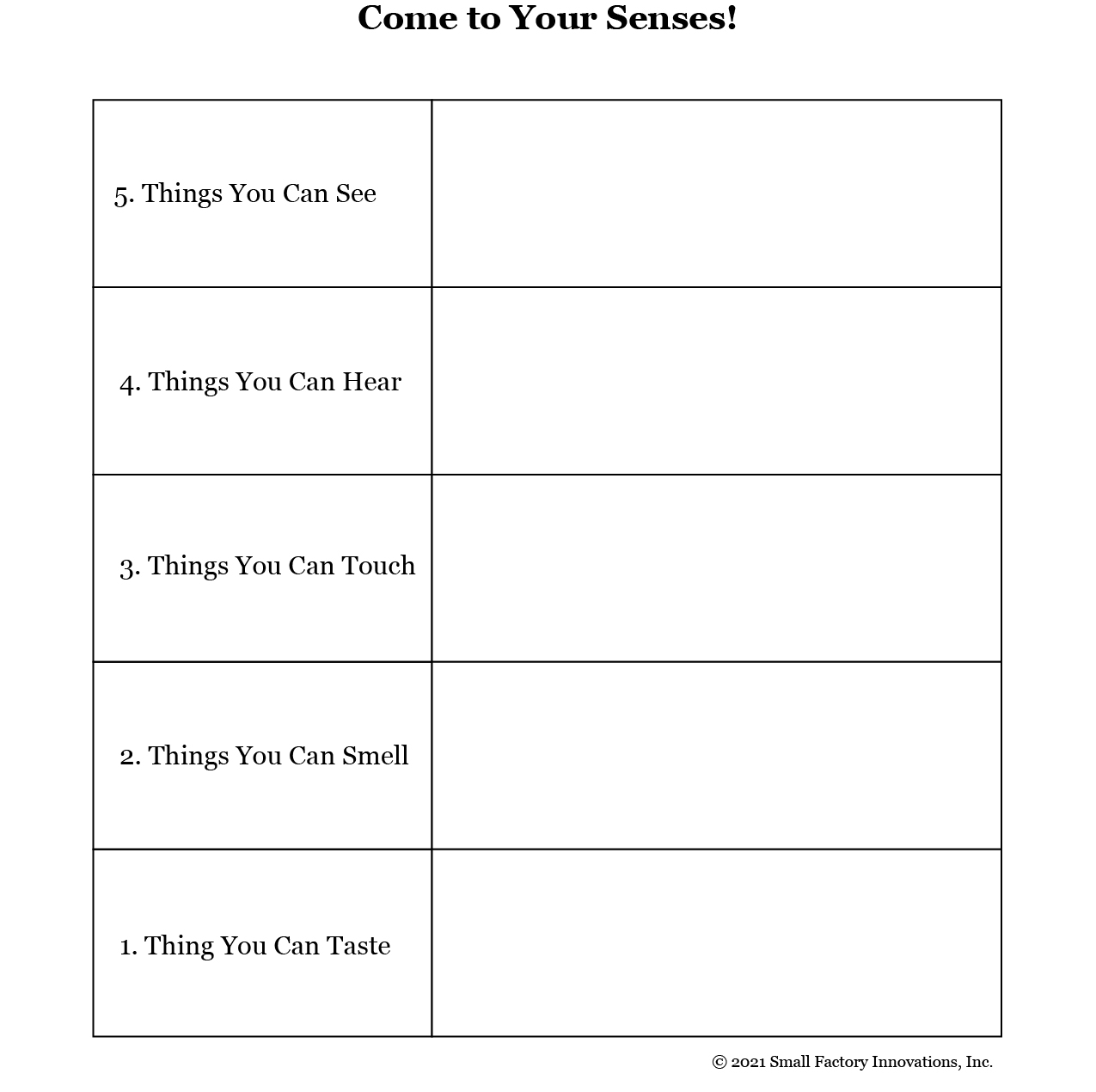
Improve life outcomes
Jumpstart: Coping Skills - Universal
Foundational
CASEL Competency Focus: Self-Management
Time: 20-30 minutes
Materials: Board/Chart Paper, Writing Utensils, Handout (Included Below), Meditation Activity Link Below
Objectives:
1. Self-identify coping strategies that the student is comfortable using.
2. Choose a learned coping strategy from the student’s generated list during a social situation or scenario.
Definitions of Key Terms:
- Coping Skill: Skills used to help us get through a situation/scenario helping us manage our emotions.
Lesson Procedures
Introduction: Stress is a part of life. Everyone experiences stress…some of us more than others. While stress cannot be avoided, there are ways to manage our emotions and response to situations. These methods are called coping skills. Most of us were introduced to common coping strategies like deep breathing and counting as young children. Not all strategies work for every person. An important part of managing stress is understanding what our body needs to cope with external stressors. The only way to determine what works for us is to practice coping skills OUTSIDE of stressful situations. Doing this provides us the opportunity to really learn these skills and how they may affect the outcome when under stress. With students, brainstorm and create a list of coping strategies they have heard of or used. Use the following as examples; breathing exercises, walking/movement, coloring, listen to music, read, play a game.
Game Time: Come to Your Senses!
A great skill to use during a stressful situation is to focus our attention on the environment around us. In this activity students will focus their attention on their surroundings using their 5 senses. Have students complete the activity sheet below.
Application:
Yoga and meditation have become more popular, especially with children and adolescents. Meditation is a great way to calm our minds and center ourselves. Click here to access a three minute meditation activity. Prior to the activity, ask students to pay attention to how their body and mind are feeling. Once students have completed the activity, ask them to evaluate how their mind and body is feeling after the activity? Do they notice a difference?
Try it out!
We all wake up in a mood. That mood may be positive or negative. We may feel a certain way, but may not know how to label those feelings or understand what our bodies and mind need to function throughout the day. Consider having students do an “Emotions Check In” each morning or before class. Have students answer the following questions to themselves: What is my body feeling (tired, energetic, in pain, etc.)? How is my brain (racing thoughts, calm, etc.)? What emotion(s) am I feeling (happy, sad, angry, silly, etc.)? Am I ready to learn? If not, what do I need to be ready to learn (space, a walk, quiet, food, etc.)? *If you have students willing to share, this is a perfect activity to use during morning meetings or the start of class.
